Banging on drums and gongs, furious protesters marched south along Taipei’s Dihua Street (迪化街) in the morning of Feb. 28, 1947.
They turned east on Nanjing W Road (南京西路) until they reached Yanping N Road (延平北路), where the initial incident that triggered the demonstrations had happened a day earlier. Now an ordinary apartment building, 189 Nanjing W Road once housed the Tianma Tea House (天馬茶房), where police and Tobacco and Liquor Monopoly Bureau investigators struck an elderly woman selling contraband cigarettes and a bystander was accidentally shot and killed in the ensuing commotion.
This was the last straw after more than a year of Chinese Nationalist Party (KMT) misrule, and the people were determined to seek justice for what happened. Little did they know that it would lead to one of the bloodiest events in Taiwan’s modern history, the 228 Incident. The protests were brutally suppressed in the weeks to come, with thousands killed, and led to the White Terror.
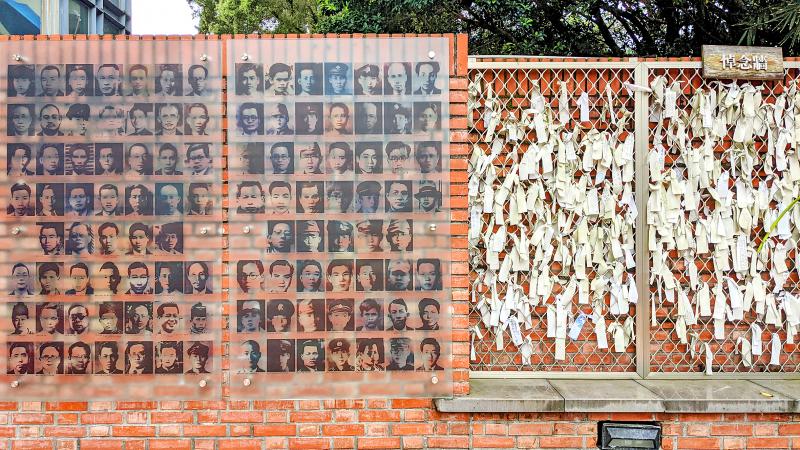
Photo: Han Cheung, Taipei Times
Using information from the National 228 Memorial Museum’s (228國家紀念館) new exhibition, Scars on the Land (土地的傷痕), the Taipei Times put together this walking tour that traces the footsteps of the protesters on that fateful day.
SITES OF VIOLENCE
The original building of the Tianma Tea House was demolished in 2005, but a sign for the teahouse appeared on the new structure when cultural and historical workers reopened the shop on the third floor in 2011. A plaque indicating the “flash point of the 228 Incident” in Chinese and English can be found slightly to the east.
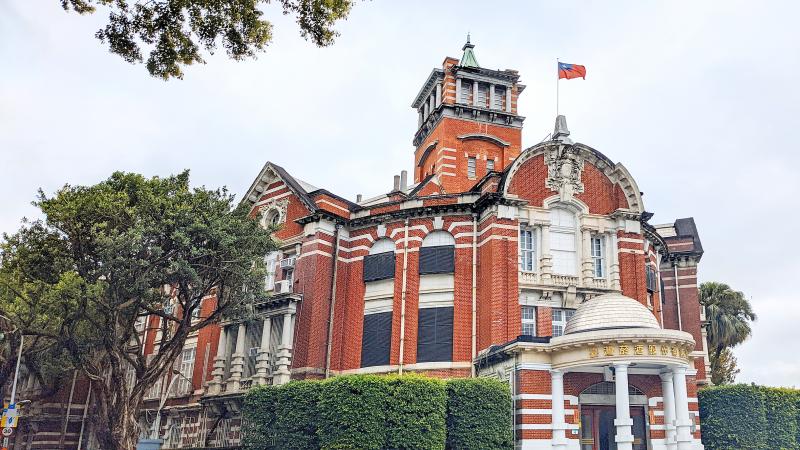
Photo: Han Cheung, Taipei Times
Built in 1930, the San Coffee (森高砂咖啡) building on the northeast corner of Nanjing and Yanping provides a glimpse of what Taipei looked like at that time. The protesters turned south here and marched down Yanping N Road — a few more historical buildings from that era can also be seen along the way.
Keep heading south until you see the Yanping branch of the Taipei Police Department on your right at Changan W Road (長安西路). This building has operated as a police station since 1931, and its director tried to stop the protesters when they passed by that morning. The crowd refused and smashed the station’s windows and other items inside before moving along.
As you cross Civic Blvd (市民大道), the iconic red North Gate and the imposing Taipei General Post Office (today’s Beimen Post Office) come into view. The protesters had moved to this area by the evening of Feb. 28 after failing to find anyone to answer to their demands, when they were sprayed by machine gun fire in front of the Chief Executive’s Office (today’s Executive Yuan).
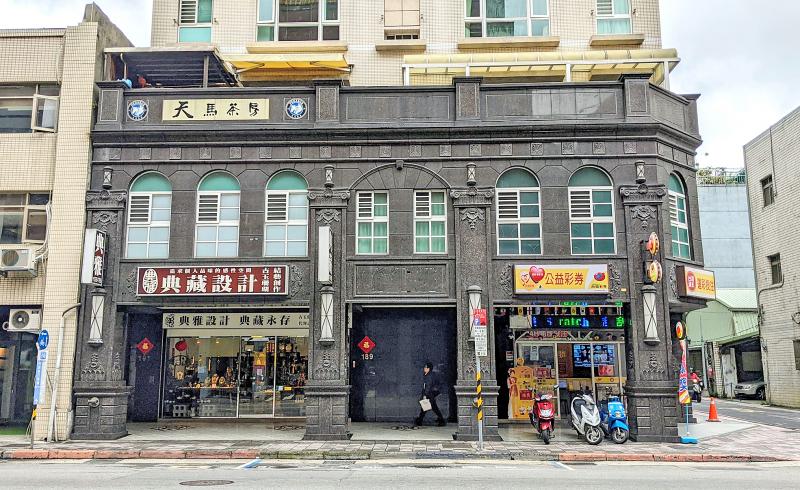
Photo: Han Cheung, Taipei Times
The Taiwan Garrison Command subsequently declared temporary martial law in Taipei and dispatched soldiers and policemen to patrol the streets and shoot indiscriminately, but the people refused to disperse. Immediately to the right after Civic Blvd is the large red-brick Baroque-style building that housed the Taiwan Railways Administration. Thousands of people clashed with police and the military on the evening of Feb. 28 in front of the building and continued fighting throughout the next day.
George H. Kerr, then US vice-consul, describes the violence in his book Formosa Betrayed, noting that the protesters probably would have stormed the building until a military truck appeared and shot into the crowd, killing at least 25 and injuring hundreds.
The building today is part of the National Taiwan Museum’s Railway Department Park, which contains a number of historic structures and exhibitions that are also worth exploring.
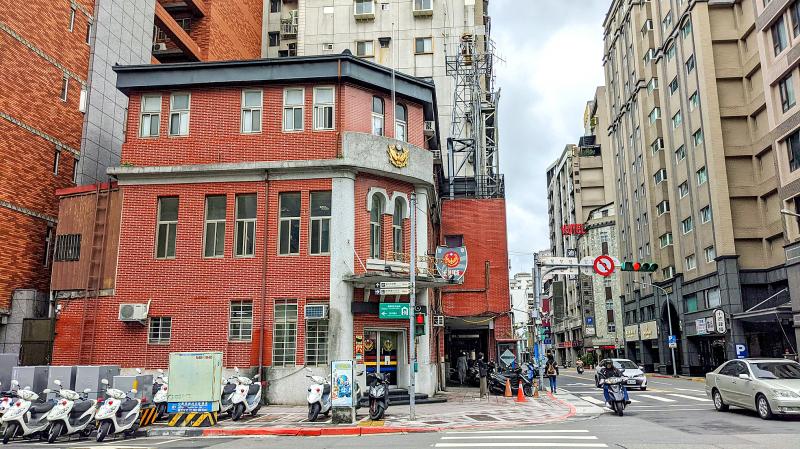
Photo: Han Cheung, Taipei Times
THE MARCH CONTINUES
Continue walking down Yanping S Rd to find the Futai Street Mansion (撫台街洋樓), which was built in 1910. During the 228 Incident it was the office of the People’s News Leader (人民導報) newspaper, founded by Song Fei-ju (宋斐如), whose tragic tale was detailed in Sunday’s Taiwan in Time column. The paper was very critical of the government and closely reported on the incident and its aftermath until it was shut down on March 8.
Hang a left on Kaifeng Street (開封街) and turn right on Chongqing S Road (重慶南路), where the crowd continued their march south. Their first destination, the Taipei branch of the Tobacco and Liquor Monopoly Bureau, is immediately visible with its bright-yellow Chang Hwa Bank (彰化銀行) signage. Aside from the modern signage, it looks almost the same as it did when it was built in 1929.
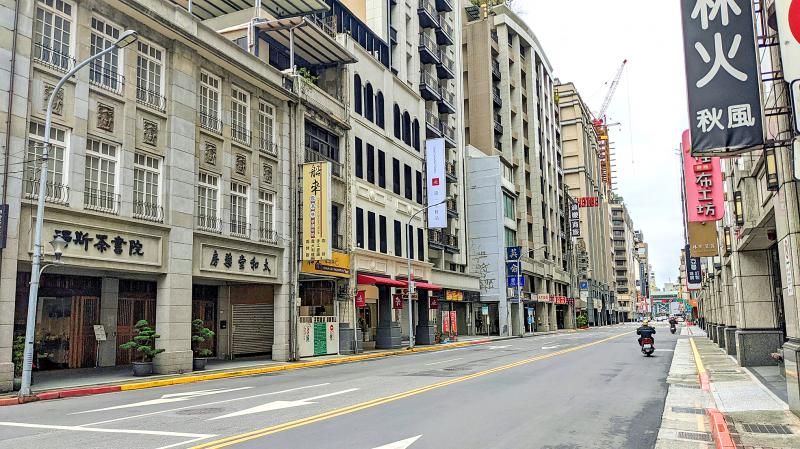
Photo: Han Cheung, Taipei Times
When the protesters arrived, most of the staff had fled, including the officials they needed to talk to. They entered the building and removed numerous items from the office and burned them on the street before continuing south toward the bureau’s headquarters.
Stop by the 228 Peace Memorial Park along the way. Taipei 228 Memorial Hall (台北228紀念館) is situated here with permanent and special exhibitions about the incident. The building was a radio station at that time, which was used by both the government and people during the incident to broadcast their messages to the public.
If you don’t have time to go in, there’s a small memorial outside with a list of the victims and their photos, as well as a few large pamphlets detailing the situation in Taiwan before, during and after the incident in both Chinese and English.
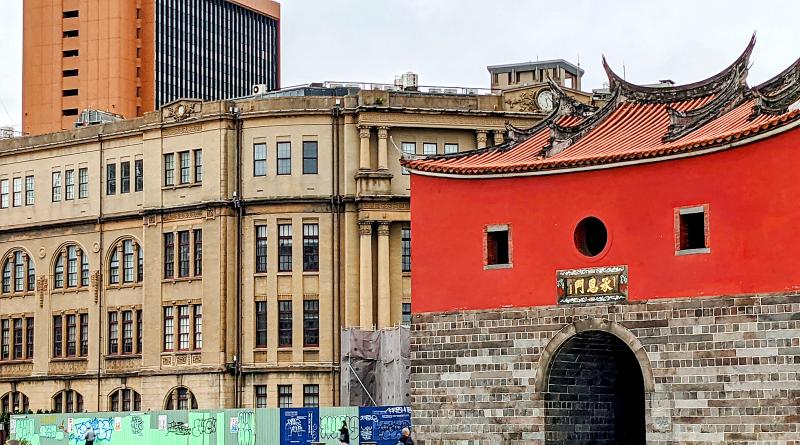
Photo: Han Cheung, Taipei Times
Finally, continue south on Gongyuan Road (公園路) until you reach the Tobacco and Liquor Monopoly headquarters, which was guarded by military police by the time the crowd got there. Again, most of the staff and officials had fled, and the protesters smashed the bureau’s factory and staff dormitory in frustration.
You can end your tour here, or head north on Zhongshan S Road (中山南路) to the Executive Yuan, where hundreds of protesters then headed to air their grievances and were shot upon on arrival.
For an extensive description of the museum exhibition, visit: www.228.org.tw/en_exhibition-view.php?ID=9
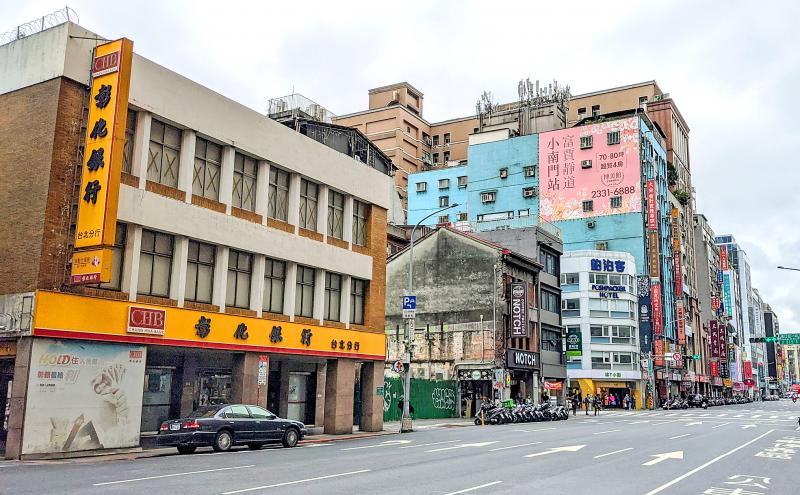
Photo: Han Cheung, Taipei Times
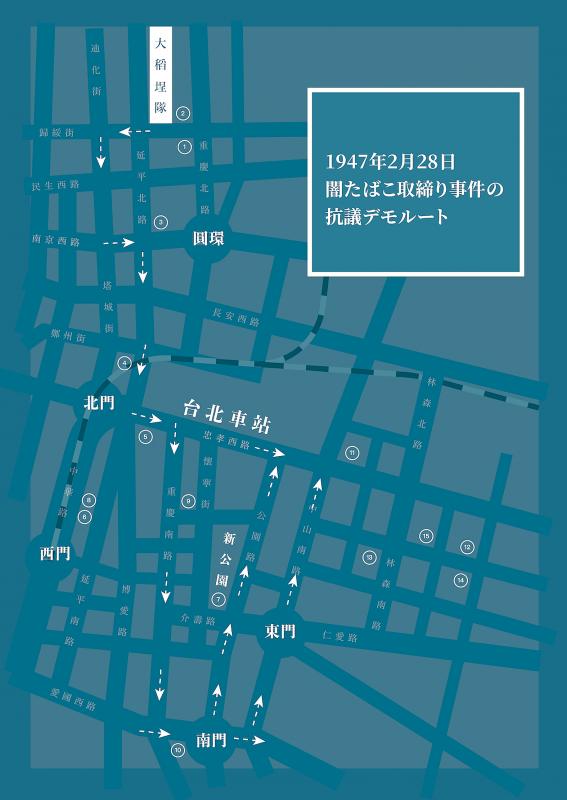
Photo courtesy of National 228 Memorial Museum

Even by the standards of Ukraine’s International Legion, which comprises volunteers from over 55 countries, Han has an unusual backstory. Born in Taichung, he grew up in Costa Rica — then one of Taiwan’s diplomatic allies — where a relative worked for the embassy. After attending an American international high school in San Jose, Costa Rica’s capital, Han — who prefers to use only his given name for OPSEC (operations security) reasons — moved to the US in his teens. He attended Penn State University before returning to Taiwan to work in the semiconductor industry in Kaohsiung, where he

On May 2, Chinese Nationalist Party (KMT) Chairman Eric Chu (朱立倫), at a meeting in support of Taipei city councilors at party headquarters, compared President William Lai (賴清德) to Hitler. Chu claimed that unlike any other democracy worldwide in history, no other leader was rooting out opposing parties like Lai and the Democratic Progressive Party (DPP). That his statements are wildly inaccurate was not the point. It was a rallying cry, not a history lesson. This was intentional to provoke the international diplomatic community into a response, which was promptly provided. Both the German and Israeli offices issued statements on Facebook

May 18 to May 24 Pastor Yang Hsu’s (楊煦) congregation was shocked upon seeing the land he chose to build his orphanage. It was surrounded by mountains on three sides, and the only way to access it was to cross a river by foot. The soil was poor due to runoff, and large rocks strewn across the plot prevented much from growing. In addition, there was no running water or electricity. But it was all Yang could afford. He and his Indigenous Atayal wife Lin Feng-ying (林鳳英) had already been caring for 24 orphans in their home, and they were in

Australia’s ABC last week published a piece on the recall campaign. The article emphasized the divisions in Taiwanese society and blamed the recall for worsening them. It quotes a supporter of the Taiwan People’s Party (TPP) as saying “I’m 43 years old, born and raised here, and I’ve never seen the country this divided in my entire life.” Apparently, as an adult, she slept through the post-election violence in 2000 and 2004 by the Chinese Nationalist Party (KMT), the veiled coup threats by the military when Chen Shui-bian (陳水扁) became president, the 2006 Red Shirt protests against him ginned up by